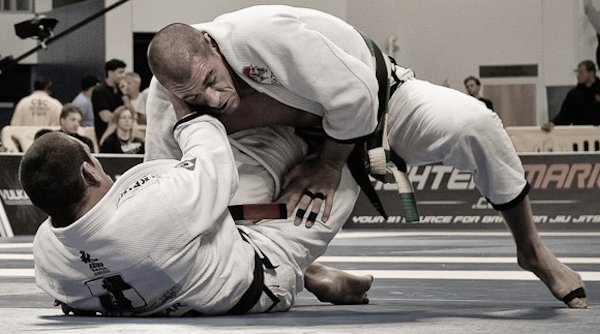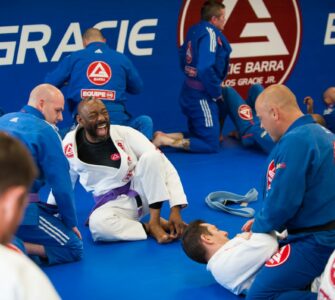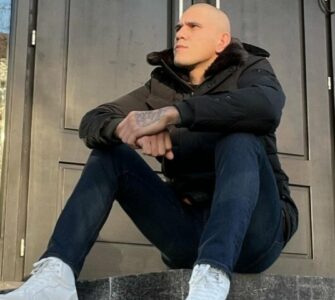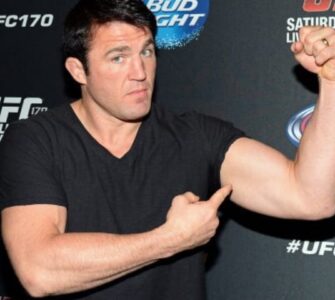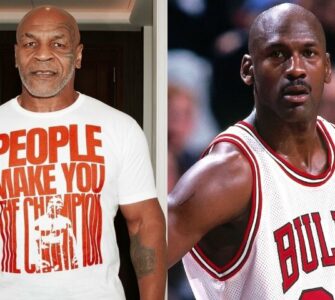Multiple World, Brasileiro, Pan and European Champion, Rafael Lovato Jr sat down with Grapplerarts’s Stephen Kesting and discussed the many aspects of his career.
About Being the first American to win the Pan Ams and Brasileiros at black belt:
“Rafael: And so then I was the first American to win the Pan Ams as a black belt. And then Brazil… You know, it’s hard to describe the feeling of competing in Brazil… In some ways, winning in Brazil at the Brasileiro meant just as much, maybe even a little more, than winning the Worlds. The Worlds is the Worlds, so that’s, nothing’s bigger than that. But the Worlds were held in the US that year. That was the first year that they came to the US. So at the Braziliero, all the best guys were still pretty much in Brazil. It was an extremely tough competition. And I remember…
Stephan: Everybody who was anybody in Brazil was there.
Rafael: Right, and a lot of times, you didn’t know who those guys were. The Worlds had just moved to the US for later that year. So you wouldn’t really see or hear too much about the guys in Brazil except maybe at the Pan Ams or whenever you watched footage of the Worlds. So, in Brazil that year, was special because I used to go to Brazil so much as a kid and compete and train and learn. And so I competed at the Brazilero at the lower belts and I never won.To win as a black belt there, in Brazil by myself, you know it was a very special accomplishment for me. And to become the first foreigner, non-Brazilian, to win the black belt division in Brazil was amazing and that just really gave me the confidence I needed. Each tournament kind of gave me a little more confidence because it got a little tougher each time. The Europeans, then a step up to the Pan Ams, then a step up to Brazil, then a step up to the Worlds. And so going into the Worlds, I started thinking, “Man, I’m going to do it. I’m going to win. I’m going to win all of these and nothing was going to stop me.” And I became the first person to win all four of the major tournaments in the same year as a black belt.”
Rafael Lovato on his Strength and conditioning training:
“Stephan: What specifically do you do? Can you like give us an example of a workout with specific exercises and specific reps? Not so that people go out and do it verbatim, but it’s always interesting to see what a top-level guy is doing.
Rafael: Well, for me, ever since I was young, the hard work my father put me through, I’ve always been into doing strength and conditioning in some form or way or other. Back when I was younger, I didn’t really know… I didn’t have the mind to be able to create a program for myself and so a lot of it I was kind of just taking from other people, what they did or what I felt was good for me. And so every now and then, I would get experience with a high level trainer and I would start to use that…
Stephan (laughing): Just bicep curls and bench presses…
Rafael: Yeah, that is NOT what you want to do for Jiu jitsu! But so I’ve been developing that area of my training as well over the years. I’m very fortunate to have met my trainer, Lucius C. Tirey, and he’s not too far away from me in Oklahoma. He has a world-class facility. He’s an incredible trainer. He’s worked with a lot of professional athletes before. He has really helped me take that to the next level.
For me, I think conditioning is especially important because I don’t have high level black belts to train with everyday. 97% of my training is done with my students there in Oklahoma City. So obviously, they’re not going to push me to that level where I’m going to be really tired.
I have them all rotate on me and things like that, but the way I’m going to really feel what I could feel in competition is going to be in the gym. And so I take it very seriously and I push myself really hard in the gym. Basically, he helped me become smarter with how I work in the gym.
And so what we do is two days a week focused on strength and two days a week focused on conditioning. The day in the middle, Wednesday, is a recovery day. And that was a huge thing for me. I thought no one could work harder than me, I need to do something everyday…
Stephan: Nobody can break my body better down than me….
Rafael: Yeah. At that time when I took a day off, I would feel guilty. I used to have this guilty feeling if I wasn’t training or if I wasn’t super sore, tired, like I didn’t do enough today. And so I used to overdo it a lot. And that would cause me to get injuries and little things nagging me in my body. So not only did my training become better but it became much smarter.
So Wednesday is a recovery day. I try to be very smart on Wednesdays because if I keep it up through Wednesday, by the time I hit Saturday, I’m a mess. So basically, Monday and Thursday are strength, Tuesday and Friday are conditioning. I take it easy a little bit Friday night because Saturday is my hardest day of training at my academy. We usually do somewhere in the neighborhood of four hours of very hard drilling and competition training.
And typical workouts are going to be a blend of a lot of different things. I might do some circuit training. The strength days, obviously I’m going to focus more on the strength.
Stephan: So what lifts are you doing? Are you doing whole body stuff?
Rafael: So probably the lifts I do the most are deadliest and squats. Deadlifts are probably the best lift that we could do as Jiu jitsu fighters. I do a lot of pull-ups, a lot of grip training, a lot of variations on pull-ups, everything from rings to rope pull-ups to gi pull-ups to fat-bar pull-ups to chin-ups, the whole spectrum, a lot of grip training. But deadlifts, pull-ups, the prowler. The prowler is like…
Stephan: I have no idea what a prowler is.
Rafael: It’s a piece of equipment that you think is for football players where you’re kind of pushing something. And it has high handles and low handles. You can stack weights on the prowler. And that’s probably the one thing that really just makes you feel absolutely dead, like a Jiu jitsu competition could make you feel. It really gets that lactic acid and everything built up in your body. Fries your legs. Completely destroys your legs. But the prowler is kind of like your worst best friend.
And then we do a lot of sled drags, you know, a lot of pulling the sled around. And then a lot of kettle bell swings. Kettle bells are great for the grips. And so he’ll put up a lot of circuits within those exercises and of course other stuff.
And then he’ll push me hard with the cardio, with the prowler. A lot of sprinting. We do a lot of hill sprints. Because Jiu jitsu is very hard and then kind of slow, so I think the best form of cardio that you can do specifically would be with sprints.
And I take a lot of that and apply it to the training, as well, on the mat where I’m doing really hard bursts of rounds. We do 90-second bursts a lot where it’s like a battle to get the score, a battle to pass or a battle to sweep. It’s different situational trainings. Takedown training is a great way to tire yourself out on the mat. And drilling for, trying to hit a certain number of reps within a certain number of time. That can push you on the mat as well.
So I kind of just do a little bit of everything. But he keeps it very simple. And the key is I don’t leave the gym so dead that I can’t train at night. I feel better getting my conditioning workout in the day. I feel better when I’m on the mat later. I feel like my body is stronger and more like warmed up.”

